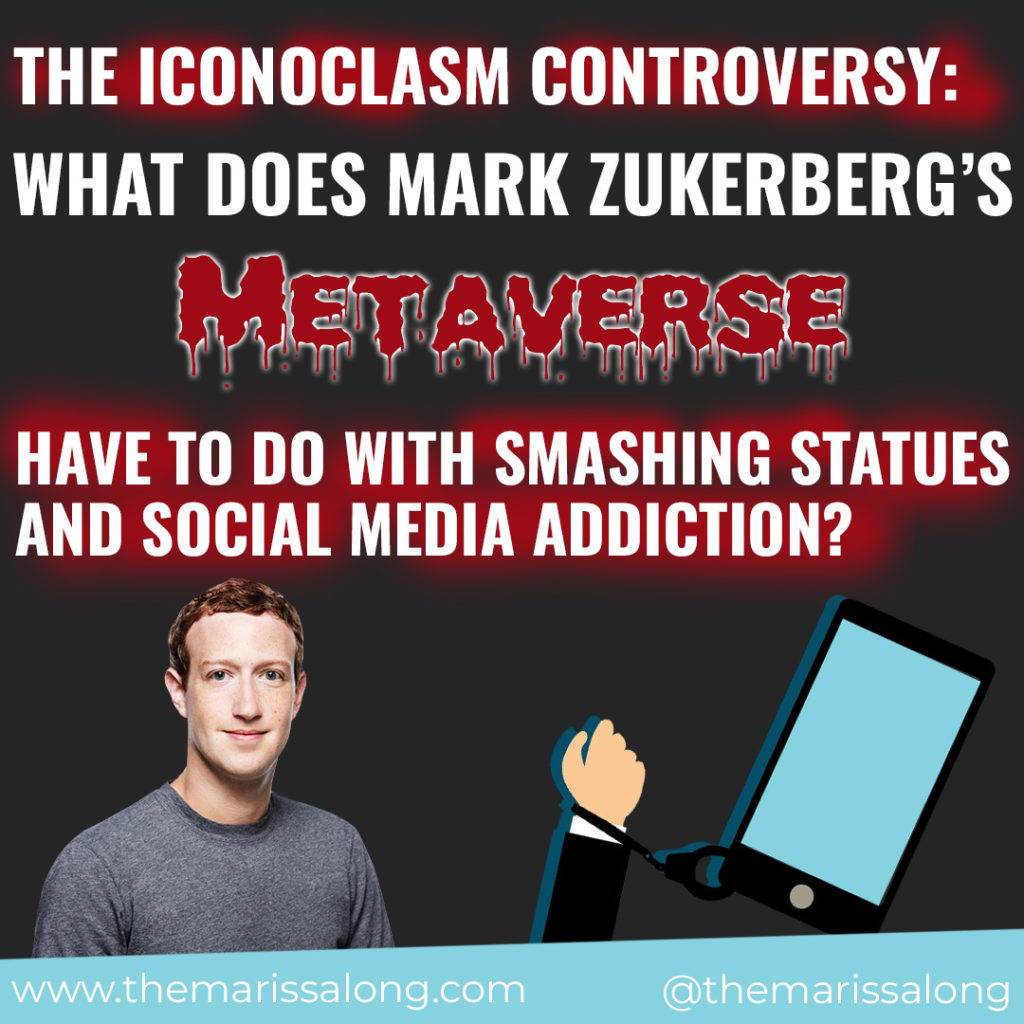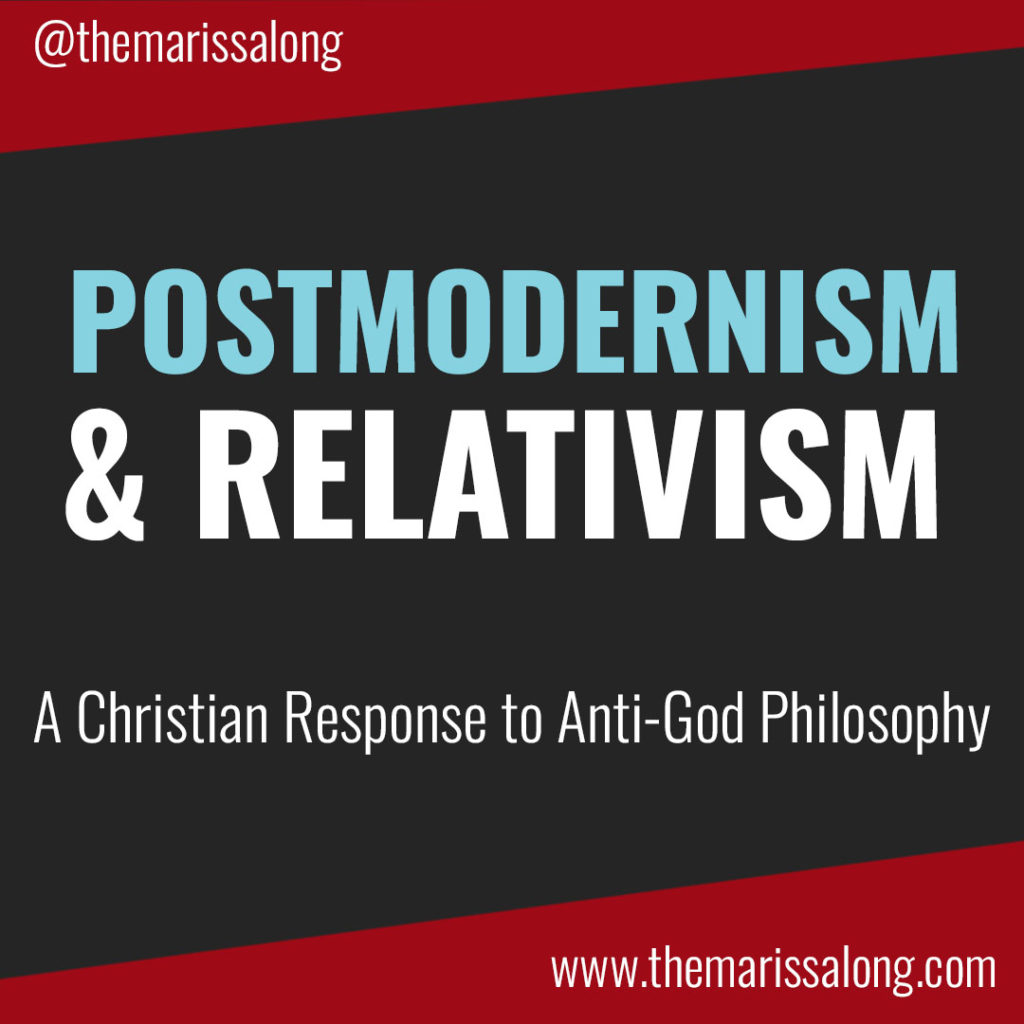As the world becomes a digital reality, an iconoclasm controversy has become the American reality. Historically, iconoclasm meant “icon breaking” and often accompanied political and religious changes that were happening in a country. It is “the belief that there should not be religious pictures or sacred images or religious monuments because they are seen as a form of idolatry” (Got Questions).
Today, iconoclasm still occurs (just look at the frequent news hits during 2020 and 2021 as people destroyed statues of Christopher Columbus and Robert E. Lee). They were smashing the icons of a history that they thought was racist and harmful.
But what does iconoclasm have to do with social media? It’s a very interesting connection, but first, let me ask you a question.
How many times a day do you scroll through Instagram or Snapchat, checking stories from your favorite influencers and posting pictures and parts of your day that you think your followers and friends will enjoy?
It’s all innocent fun- the posting of images, looking cute, and representing life with a happy, perfect picture and cute filter.
Right?
Not so fast…
A phenomenon called performative representation suggests this “innocent fun” may not be so innocent after all. In an article for New Discourses, Julia Friedman and David Hawkes write, “[…]‘performative representation’ suggests that the words we use and the images we look at do not merely reflect, but actively intervene in and alter, what we perceive as reality.”
Don’t shake your head and brush me off as an alarmist. How many times have you been in a stressful situation and thought, “I’m just going to take the edge off and scroll through my feed”? Five minutes later, you’re refreshing to see more new content. Twenty minutes later, you realize you’ve wasted valuable time in the name of “de-stressing”.
Think of the times at night when you’re bored or lonely, and you hit the Instagram icon to watch a couple of stories… and then some Instagram TV?
As much as we wish it was just a fun way to share life’s story, social media is not just innocent pictures. It is literally changing how we perceive reality. Reality is blurred with the digital space, and vice versa. And when we blur those lines, we can’t mentally distinguish between what is reality and what is not reality. As political changes take place, the performative representation that we are so accustomed to actually prepares us to view statues and pieces of art as living representations of tragedies in history (Robert E. Lee must be torn down because he propagated slavery, when in actuality, tearing his statue down will only confuse history, not erase history).

Fahrenheit 451 – Ray Bradbury Warns Us of the Iconoclasm Controversy
Have you read Fahrenheit 451? If you have, great! This example will make perfect sense to you. If you haven’t, I highly suggest you grab a copy from your library or eBook subscription.
Fahrenheit 451, published in 1953, depicts a world where books are burned and history is altered and destroyed (think Orwellian-style).
The first words of the book hold an omen.
“It was a pleasure to burn
“ It was a special pleasure to see things eaten, to see things blackened and changed” (Bradbury, 1953, page 1).
Montag, the main character, is a fireman who burns books. But we’re not focusing on Montag here. We want to look at Mildred, his ditzy wife who is more attached to her television “family” than she is to her husband.
She constantly watches television on a wall-sized TV. If she’s not staring at the TV, she has her “Seashells” (earbuds) in her ears so that she is never separate from televised celebrities and influencers. Her world revolves around a digital space into which she can never enter, but Mildred believes it’s real nonetheless.
Is it possible the author, Ray Bradbury, felt the rumblings of a new age? A digital age when people traded reality for a nonexistent life portrayed on digital platforms?
Iconoclasm and Cancel Culture
This alarming thought brings us to the term “iconoclasm”. Iconoclasm has infiltrated colleges and culture and goes back into the ancient pages of history.
And what, you might ask, is iconoclasm?
According to the Merriam-Webster Dictionary, an iconoclast is “a person who attacks settled beliefs or institutions.”
Learn More About Cancel Culture!
When iconoclasm is combined with performative representation (the blurring of images and reality), a strange worldview is born. As kids funnel into colleges, professors of humanities have taught them that “symbols do not simply refer anymore; they actually do” (New Discourses).
Suddenly, the stories or values behind symbols (i.e. images, statues, books, and movies) are no longer just “representations” but have become “active doers” of those stories or values. Then cancel culture steps in and joins the party by destroying any memory of the representations iconoclasm has burned.
People think statues don’t just represent an event in history but instead perform those very acts in the present day. This is an alarming shift into the twilight zone where history and present-day combine on the timeline, and people can’t differentiate.
In a world without morals, relativists don’t have anything to base “their truths” on.
Read more about relativism and postmodernism here!
It might seem completely insane that protestors are tearing down statues of both General Grant and General Lee from the Civil War. I mean, seriously, pick a side! Confederate or Union – you can’t tear down both sides!
But which was right? In the iconoclast’s mind, maybe neither side was right. It only makes sense to destroy both, or so they think.
Enzo Traverso for The Wire put it this way: “Toppling monuments that commemorate the rulers of the past gives a historical dimension to the struggles against racism and oppression in the present.”
For the revolutionists, It brings the fight to life again and gives present-day protestors a chance to take action against historic wrongs. They are literally putting the supposed wrongdoers (be it a dictator or a benevolent leader – it doesn’t matter) to death again and burying whatever the art stood for.
The Iconoclasm Controversy Combined With Social Media
When I first read about this iconoclasm controversy, I was rather shocked. How could statues and pictures shape our perception of reality so that we actually think the act of destroying a statue or burning a book is rectifying past wrongs?
How could we think of an image on social media as a real person, even though we will probably never meet that person in “real life”? They will always be a mere representation.
Social media has brought us to this brink, and I am not innocent in it. I use social media as a way to relieve stress. Everyone does that.
The question we need to ask is, “Has social media made iconoclasm worse in the younger generation? Are they more prone to seeing pictures and videos as ‘real life’ rather than mere representations?”

Read more: The Abortion Pill: Is It Safe?
Mark Zuckerberg and the Metaverse – An Arm of the Great Reset
Mark Zuckerberg is always up to new (and bad) things, and his newest launch is the Metaverse in which people can “live”. But it’s not real – it’s all digital. You will only “feel” like you’re there. The digital and actual reality will be indistinguishable, and he says the defining quality of this new Metaverse is “the feeling of presence.” Zuckerberg says, “You’re going to really feel like you’re there with other people. You’ll see their facial expressions, you’ll see body language, […]”
This is the epitome of iconoclasm and performative representation – when the elites of society can get you (the everyday, unimportant citizen) hooked on a digital reality to keep you distracted while they take away your rights. Entertainment is king. If you don’t believe me, watch Zuckerberg’s full presentation below. It’ll blow your socks off.
Conclusion
Here is your call to action: examine your brain and your heart. Are you falling into this trap of escapism and a blurred line between reality and digital individuals?
Are you beginning to see pictures as reality? The Insta stories influencers post every day are not reality.
I guarantee that if you are active on social media, you will be surprised how often you have to switch gears in your brain to differentiate between reality and digital fiction.
So step away. Set a specific amount of time that you are on social media. Start real relationships. Don’t give in to the temptation to swipe open your Twitter or Instagram app two hundred times a day.
I challenge you to erase one social media app from your phone. Just one.
I erased Facebook, and it made a world of difference! I had more time for the real relationships in my life, rather than checking the latest news in my groups and online chats.
The world is still real and waiting for us. It’s our obligation as Generation Z to step in and get real.



One comment